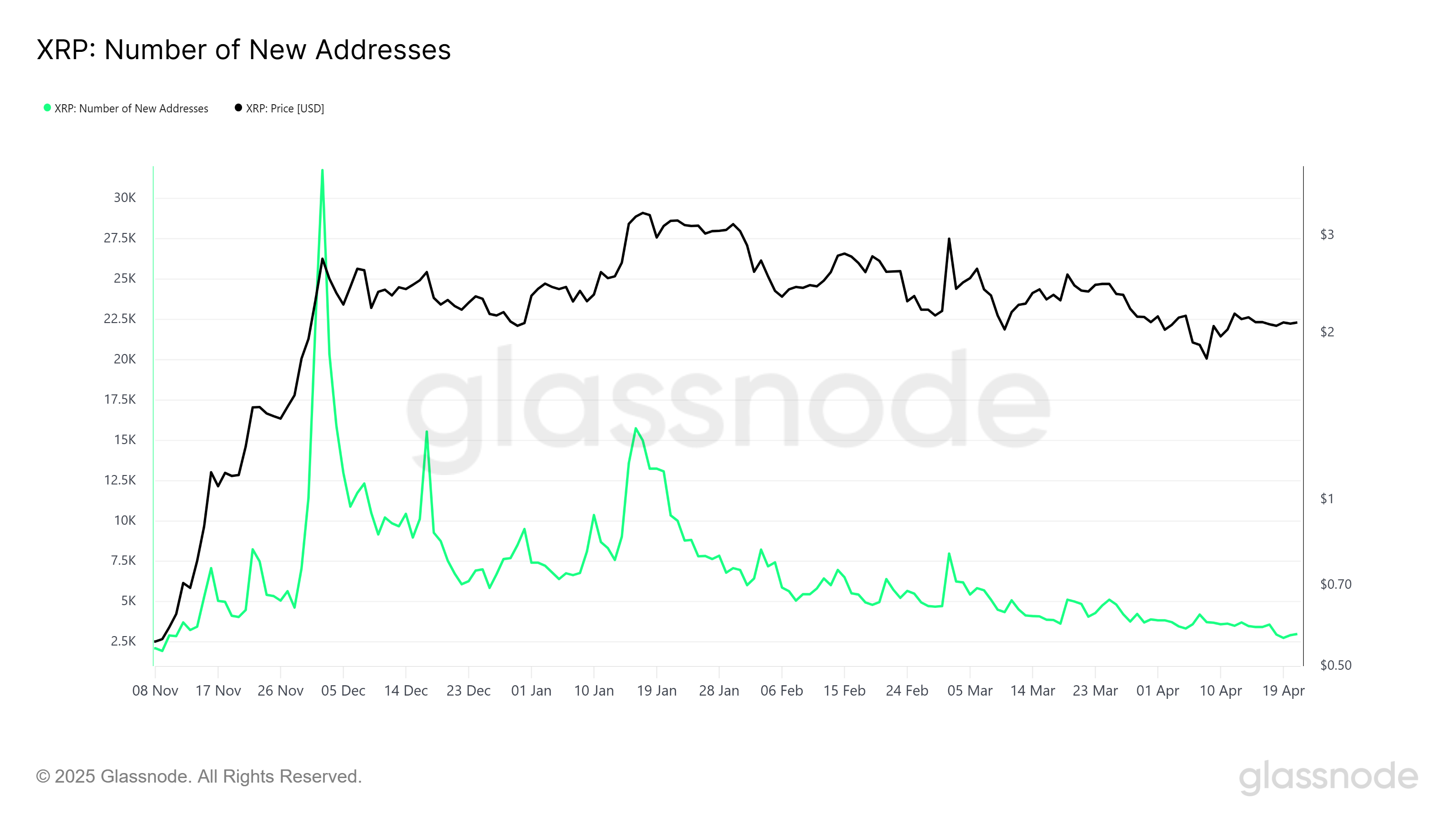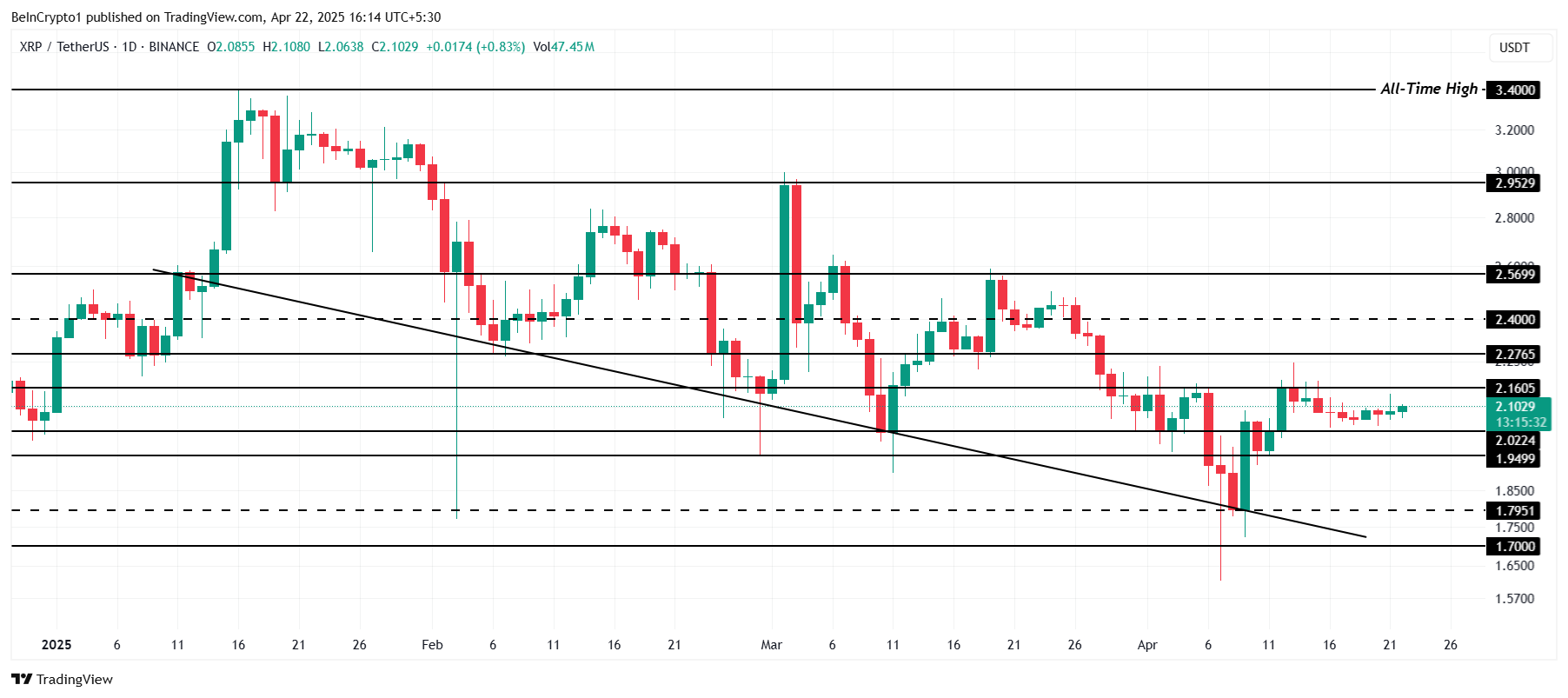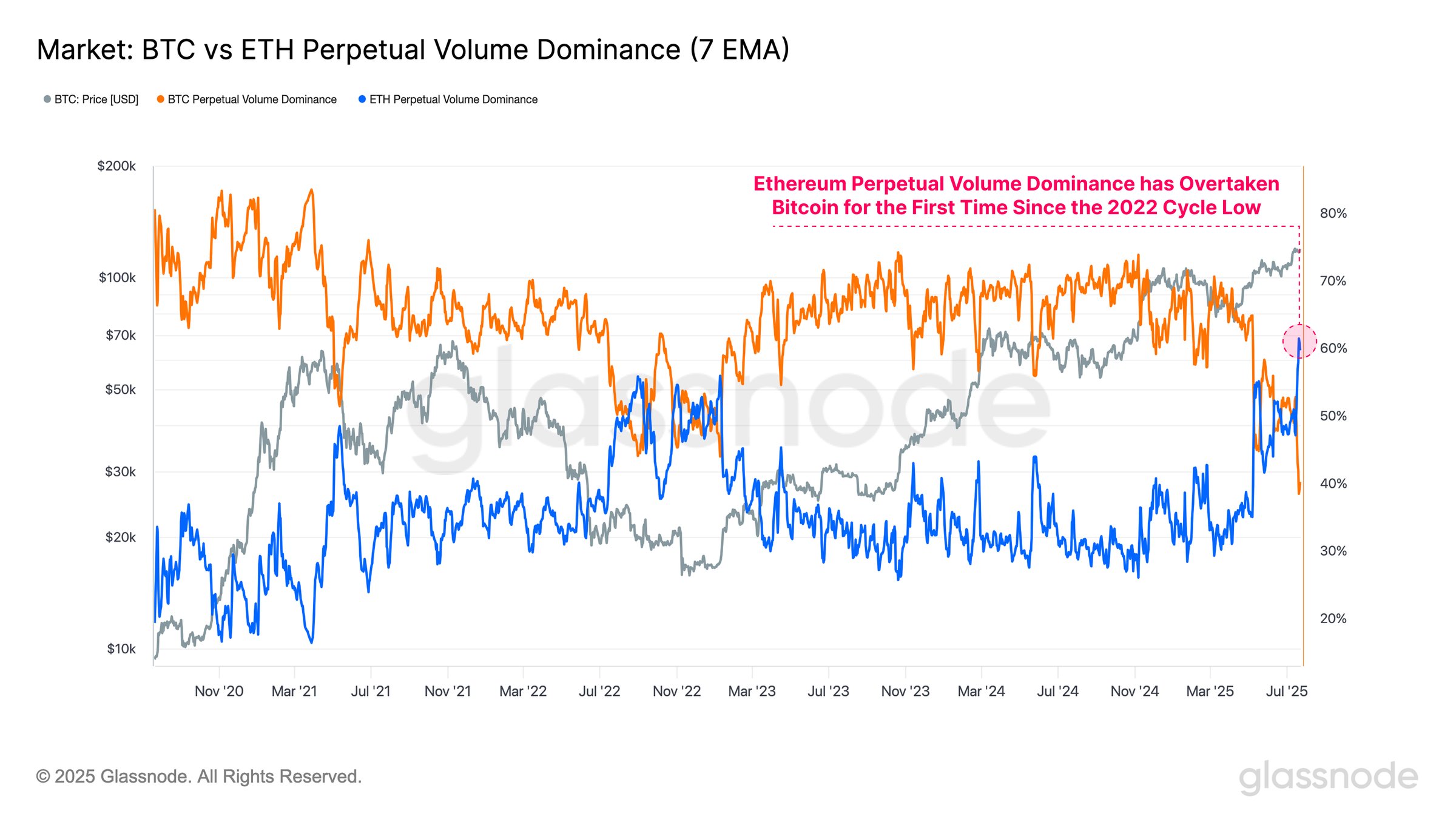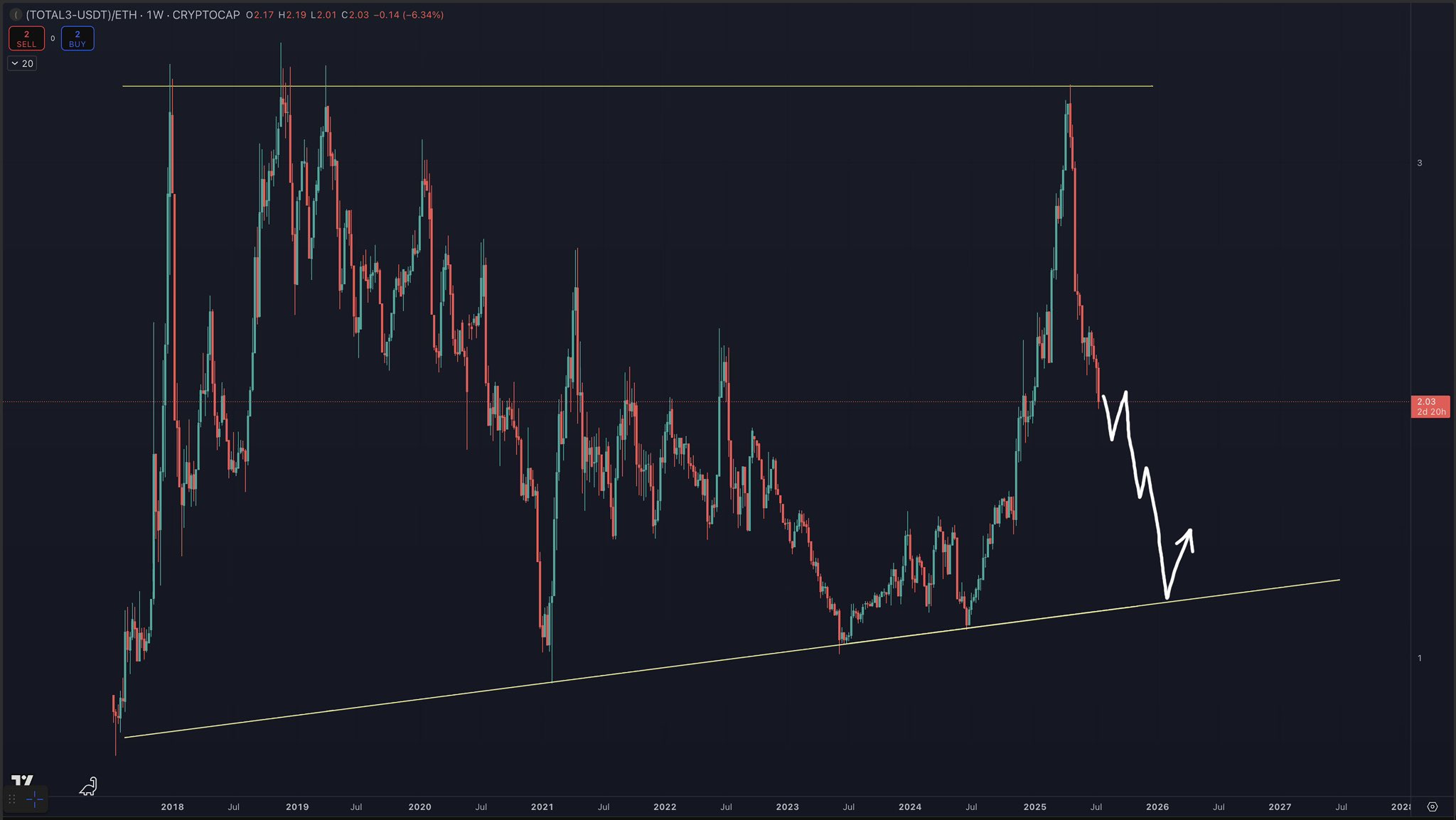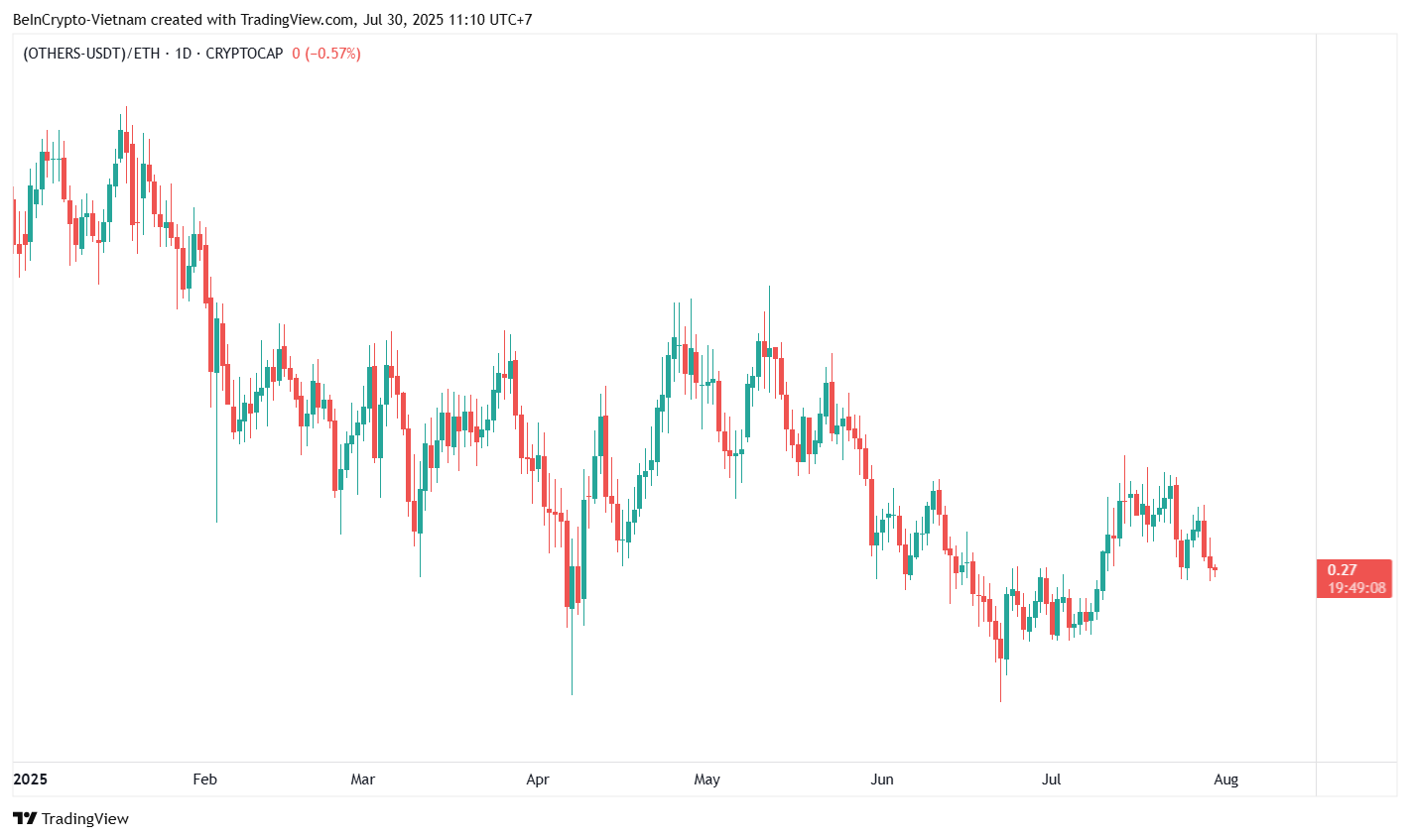Solana (SOL) has struggled to make significant gains recently, showcasing a mere 3% increase over the past month. As of now, SOL is experiencing a notable downturn, with a drop of 5.29% recorded on the daily charts. This decline is leading to a prevailing bearish market sentiment, prompting traders to drive SOL’s price even lower.
Anticipating Further Declines
The recent decrease in SOL’s value can be traced back to its failure to break free from a critical resistance zone at $160.09, which has formed part of a consolidation pattern. This unsuccessful attempt has resulted in a downward trajectory on the price charts.
At present, SOL is seeking support at $128.18. This level is crucial, as it is where SOL is expected to stabilize temporarily before the market dynamics determine the next course of action.
Indicators Pointing to Continued Decline
The anticipated drop to the support level at $128.18 is further validated by the prevailing market sentiment and technical indicators like the Parabolic SAR (Stop and Reverse). When the price remains below the indicator’s dots, it signifies a potential continuation of the downward trend.
However, a glimmer of hope emerges from the analysis by AMBCrypto, which suggests that SOL could be on the verge of a major rally based on historical price movements.
AMBCrypto notes that SOL’s current price action resembles patterns observed in 2021, prior to its all-time high. This similarity suggests that SOL may be in an accumulation phase, akin to previous behavior observed during its growth periods.
An accumulation phase occurs when traders gradually increase their holdings of SOL, preparing for an anticipated price surge. If this trend persists, analysts predict that SOL could achieve remarkable gains of up to 182.02%, potentially reaching $361.88 in the future.
Declining Market Interest: A Double-Edged Sword
Recent data from Coinglass indicates a significant decline in market interest, contributing to SOL’s recent price drop. This decline is evident in a sharp reduction in Open Interest—a measure of unsettled derivative contracts crucial for assessing market sentiment. Open Interest fell by 8.24%, dropping to $2.19 billion at the time of writing.
Moreover, traders who previously speculated on a price increase for SOL have faced liquidations totaling $10.88 million. This shift underscores the strong bearish forces currently dominating the market, leading many to believe that SOL is headed toward the critical support level of $128.18.
As Solana grapples with bearish sentiment and declining market interest, traders are closely watching the support level at $128.18. While the potential for a rally exists based on historical patterns, the immediate outlook remains challenging. Investors should remain vigilant as market dynamics continue to unfold, weighing the possibility of a future



